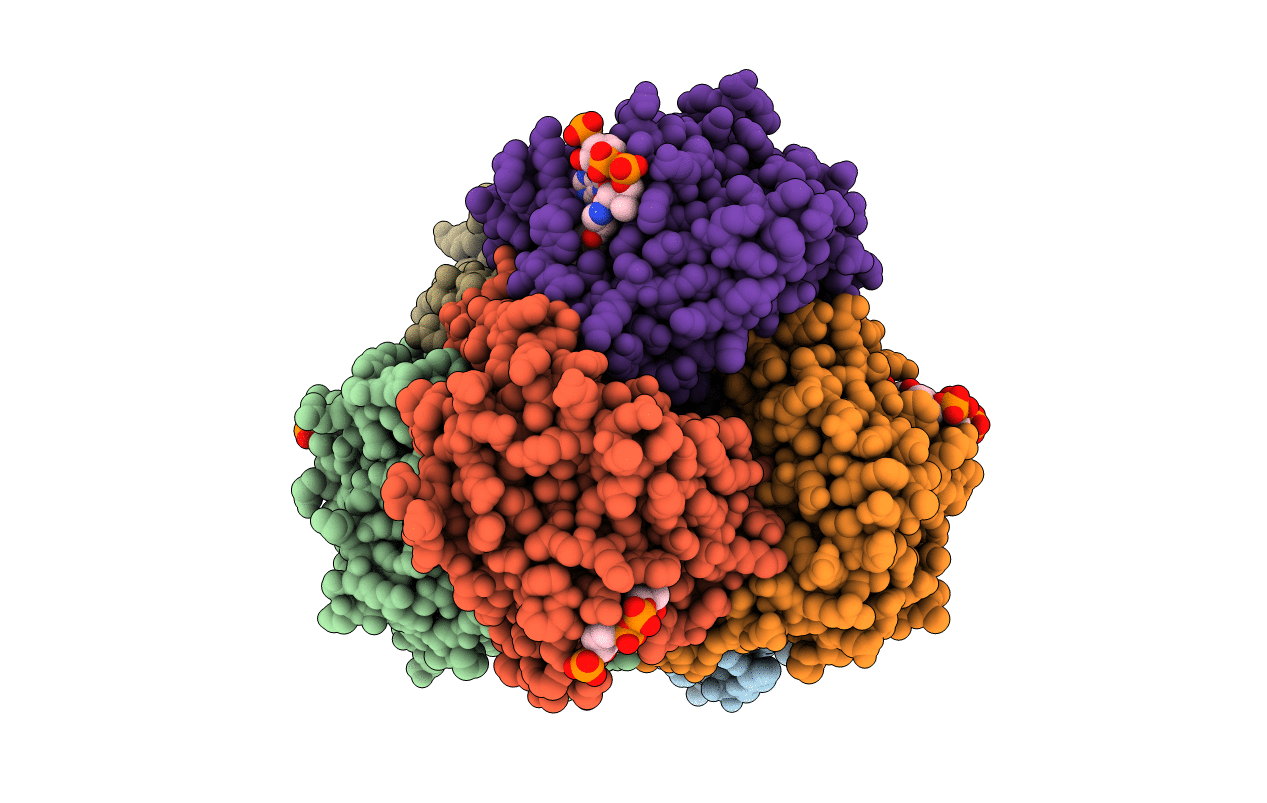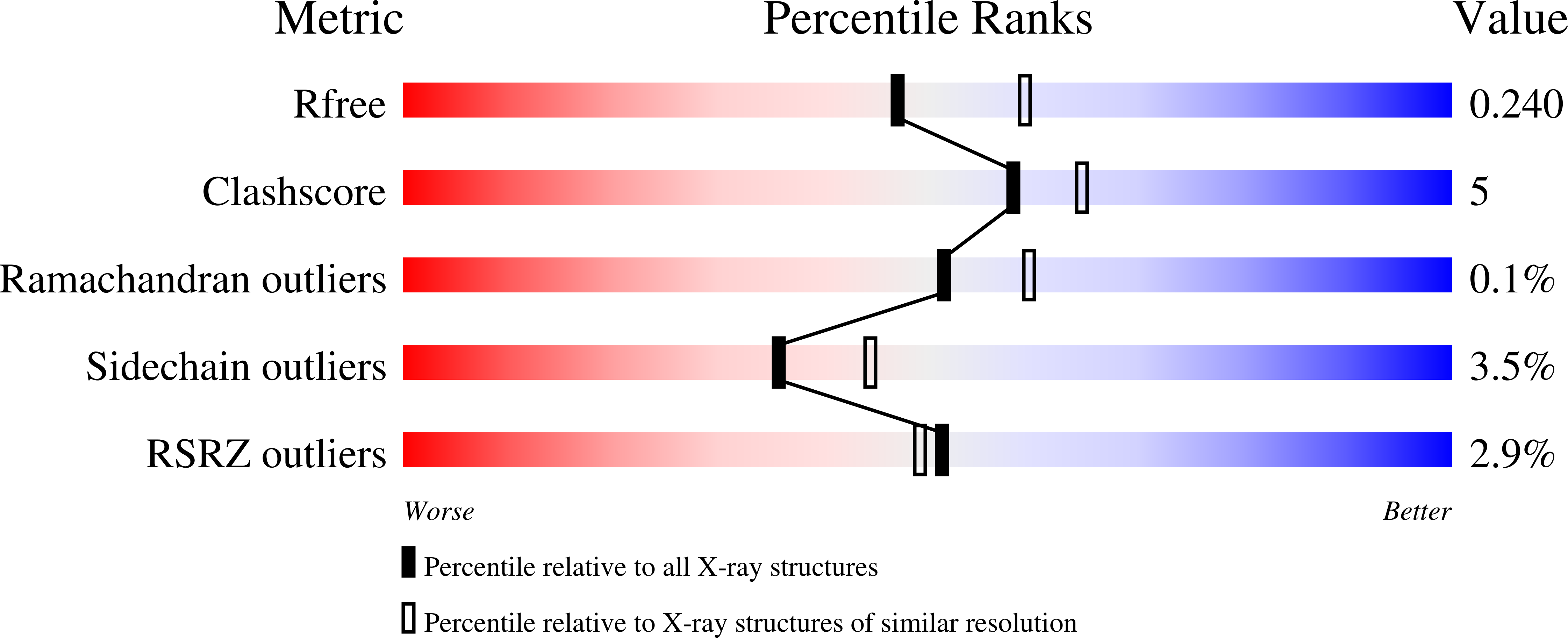Abstact
HCHL (hydroxycinnamoyl-CoA hydratase-lyase) catalyses the biotransformation of feruloyl-CoA to acetyl-CoA and the important flavour-fragrance compound vanillin (4-hydroxy-3-methoxybenzaldehyde) and is exploited in whole-cell systems for the bioconversion of ferulic acid into natural equivalent vanillin. The reaction catalysed by HCHL has been thought to proceed by a two-step process involving first the hydration of the double bond of feruloyl-CoA and then the cleavage of the resultant beta-hydroxy thioester by retro-aldol reaction to yield the products. Kinetic analysis of active-site residues identified using the crystal structure of HCHL revealed that while Glu-143 was essential for activity, Ser-123 played no major role in catalysis. However, mutation of Tyr-239 to Phe greatly increased the K(M) for the substrate ferulic acid, fulfilling its anticipated role as a factor in substrate binding. Structures of WT (wild-type) HCHL and of the S123A mutant, each of which had been co-crystallized with feruloyl-CoA, reveal a subtle helix movement upon ligand binding, the consequence of which is to bring the phenolic hydroxyl of Tyr-239 into close proximity to Tyr-75 from a neighbouring subunit in order to bind the phenolic hydroxyl of the product vanillin, for which electron density was observed. The active-site residues of ligand-bound HCHL display a remarkable three-dimensional overlap with those of a structurally unrelated enzyme, vanillyl alcohol oxidase, that also recognizes p-hydroxylated aromatic substrates related to vanillin. The data both explain the observed substrate specificity of HCHL for p-hydroxylated cinnamate derivatives and illustrate a remarkable convergence of the molecular determinants of ligand recognition between the two otherwise unrelated enzymes.



